|
The OP
Published on 2020-3-18 20:27
Only look at the author
This post is from Automotive Electronics
| ||
|
|
||
- 【Posts】What you should know about the switching characteristics of Mosfet
- 【Posts】What is a MOSFET - Switching Characteristics and Temperature Characteristics
- 【Posts】Silicon Carbide MOS (SiC MOSFET) Characteristics
- 【Posts】3rd Generation SiC MOSFET Characteristics
- 【Posts】The flyback switching power supply designed here will have a flashback problem after power is turned off when the output end is fully loaded.
- 【Posts】Regarding the issue of adding a power control loop when using P-MOS as a power high-side switch
- 【Posts】Switching Power Supply Interest Group: Mission 01
- 【Posts】Switching Power Supply Design (3rd Edition) PDF Scanned Version 540 Pages
- 【Download】Switching Characteristics of MOSFET
- 【Download】Study on Switching Characteristics of Power+MOSFET under Practical Application Conditions
- 【Download】Understanding MOSFET switching process based on drain conduction region characteristics
- 【Download】Analysis of driving characteristics of mosfet power switch tube.pdf
- 【Download】Driving Technology of Power MOSFET in High Power Switching Power Supply
- 【Download】Detailed explanation of the circuit you must know to learn switching power supply
- 【Download】Switched Capacitor Circuits and MOSFET_C Continuous Time Circuits - Principles and Applications 166 pages 1.9M
- 【Download】Heat dissipation calculation for MOSFET power switching devices
- 【Design】Half-bridge module using MOSFET or IGBT in TO247 package
- 【Design】3-Phase Multilevel Inverter Using MOSFETs
- 【Design】TPD7106F Single Output High Side N-Channel Power MOSFET Gate Driver IC Applications and Circuits
- 【Design】STR-NCP3235-EVK: Strata Enabled NCP3235, 23V input, 15A, synchronous buck converter with internal MOSFET
- 【Design】ONS321B12VGEVB: 12 ??Vgs MOSFET Evaluation Board
- 【Design】ONS321A5VGEVB: 5 Vgs MOSFET Evaluation Board
- 【Circuits】Hall switch integrated sensor characteristic curve circuit diagram
- 【Circuits】Switching characteristic test circuit
- 【Circuits】Characteristics and advantages and disadvantages analysis of switching regulated power supply
- 【Circuits】How to Choose the Right MOSFET for Motor Drive
- 【Circuits】Requirements and selection of MOSFETs in step-down DC/DC converters
- 【Circuits】MOSFET field effect tube power frequency 100W inverter power supply
- 【Articles】Understanding the switching process of MOSFET based on the characteristics of the drain conduction region
- 【Articles】Understanding MOSFET switching process based on drain conduction region characteristics
- 【Articles】Do you know the three usage modes of zinc oxide arrester characteristic tester?
- 【Articles】Toshiba’s new 150V N-channel power MOSFET features industry-leading low on-resistance and improved reverse recovery characteristics
- 【Articles】How to use IT2800 source meter to quickly implement IV characteristic testing of MOSFET devices?
- 【Articles】STMicroelectronics launches 40V STripFET F8 MOSFET transistor with better energy saving and noise reduction
-
Five trends you must know about smart factories
Byunderstandingthefivetrendsofsmartfactories,companiescanbetterunderstandtheproductionmethodsandoperationmodelsof"factoriesofthefuture"soastomakeforward-lookingplansandbetterintegrateinformationtechnologyandoperationaltechnologytooptimizeco ...
-
Three things you need to know about isolation devices
Varioustypesofisolatorsaretopicsweoftendiscusswhendesigningsystems.Wewillintroducethemfromthefollowingthreeaspects:Whyisisolationneeded?Whatarethedifferencesbetweendifferentisolationtechnologies?Whataretheisolationdeviceselectionparameters? ...
-
Help! My newly bought power bank is broken!
Help,help!Thenewlyboughtpowerbankhas5V2AinputandmultipleoutputportsAfteralongtime,hefoundthatthepowerremainedat68%BecauseitwasmyfirsttimeusingitOrdidmyhusbandbreakit
- I have a question about the network port circuit?
- [X-NUCLEO-53L4A3 TOF evaluation board] 4. Simple accuracy test comparison of different targets
- Design and implementation of temperature control system based on MSP430 microcontroller
- Usage of regexp package in golang
- STC12C5A60 MCU has large working current
- Award-winning live broadcast - Tektronix's new 2 series: a new concept of personal test terminal
- A complete set of Chinese FPGA introductory and advanced tutorials
EEWorld Datasheet Technical Support
-
"Cross-chip" quantum entanglement helps build more powerful quantum computing capabilities
IBM scientists have achieved "cross-chip" quantum entanglement - successfully entangled two "Eagl
-
Ultrasound patch can continuously and noninvasively monitor blood pressure
A research team at the University of California, San Diego, has developed an innovative wearable
-
Europe's three largest chip giants re-examine their supply chains
At the Electronica 2024 CEO Roundtable held just last week, the CEOs of three chip giants, Infine
- It is reported that Kioxia will be approved for listing as early as tomorrow, and its market value is expected to reach 750 billion yen
- The US government finalizes a $1.5 billion CHIPS Act subsidy to GlobalFoundries to support the latter's expansion of production capacity in the US
- SK Hynix announces mass production of the world's highest 321-layer 1Tb TLC 4D NAND flash memory, plans to ship it in the first half of 2025
- UWB is a new way to use it in cars. Can wireless BMS also use it?
- Filling the domestic gap! China Mobile, Huawei and others jointly released the first GSE DPU chip
- Samsung Electronics NRD-K Semiconductor R&D Complex to import ASML High NA EUV lithography equipment
- Apple reveals the secret of its own chip success: competitors can't use the latest cutting-edge technology
- Problems with STM32 and passive buzzer playing sound
- Embedded Tutorial_DSP Technology_DSP Experiment Box Operation Tutorial: 2-28 Building a Lightweight WEB Server Experiment
- OPA847IDBVR op amp domestic replacement
- AG32VF407 Test UART
- [Digi-Key Follow Me Issue 2] Chapter 1: Sharing on receiving the goods
- What model is this infrared receiver? Which model can be used instead? Thank you
- Selling brand new unopened ZYNQ 7Z020 FPGA core board
- The LORA module used in the lithium battery-powered water meter setting can save energy when 100 water meters are installed in one corridor.
- I would like to ask, when a port is set to RX0, is it necessary to set the input and output direction of this port?
- Why is this year so difficult? It’s even more difficult than during the pandemic. I’m 30 and facing unemployment. I’m so confused.
- Ask about the voltage regulator test question
- [Xiaohua HC32F448 Review] About Xiaohua Semiconductor's UART interrupt sending and PRINTF construction and redirection
- 【BIGTREETECH PI development board】 HDMI output test
- 【BIGTREETECH PI development board】+08. Audio test (zmj)
- [Xiaohua HC32F448 Review] +RTC electronic clock
- 有奖直播报名| 高可靠性IGBT新选择 —— 安世半导体650V IGBT
- 【直播时间】12月19日(周四)下午15:00-16:30
【直播好礼】定制双肩商务包、30元京东卡、吸管玻璃杯
- 安世半导体直播报名中
- 直播主题:安世半导体理想二极管与负载开关,保障物联网应用的稳健高效运行
直播时间:12月17日(周二)下午14:00
报名就有机会获得:定制双肩商务包、30元京东卡、吸管玻璃杯
- PI 电源小课堂 | 无 DC-DC 变换实现多路高精度输出反激电源
- 时间:即日起-12月15日
看视频学习电源干货,答题赢取京东卡!
- 参会有好礼 | 2024 瑞萨电子MCU/MPU工业技术研讨会
- 深圳站:11月30日(周六)深圳湾万怡酒店
上海站:12月06日(周五)上海喜玛拉雅酒店
奖励设置:现金红包、螺丝刀套装或30元京东卡
- Littelfuse 新品赋能电子产品安全可靠并高效, 10+挑战等你探索!
- Littelfuse 应用赋能星球,覆盖了诸多应用痛点及解决办法,邀请工程师一起探索,解锁更多设计力!
- 下载资料赢好礼!看Vicor模块化电源解决方案如何推动创新
- 活动时间:即日起-2024年12月31日
如何参与:点击活动页内您想了解的模块,找到资料下载即可参与抽奖,活动结束后统一发奖!
- 有奖活动|英飞凌高密度双相电源模块为高性能运算平台而生
- 活动时间:即日起-12月15日
活动奖励:蓝牙音箱、氮化镓充电器套装、黑色小背包
- 本周精选下载推荐:电源管理基础Dummies
- 本周小编给大家带来一本超简单、超干货的电子书——《电源管理基础Dummies》!内容深入浅出,排版舒服简洁,分分钟能get到电源管理最核心的知识内容。
EEWorld
subscription
account

EEWorld
service
account

Automotive
development
circle

About Us Customer Service Contact Information Datasheet Sitemap LatestNews
- I want to get started with practical machine learning, what should I do?
- I want to get started with minimalist machine learning, what should I do?
- Please recommend some PCB drawing tutorials
- Please recommend some smt200plc programming introductory tutorials
- Please recommend some MCU programming wiring introduction
- For the introduction to PCB board production, please give a learning outline
- For the introduction to PCB maintenance knowledge, please give a learning outline
- For an introduction to big data machine learning, please give a study outline
- What papers should I read to get started with deep learning?
- Is esp32 a domestic chip?


 Room 1530, Zhongguancun MOOC Times Building,
Block B, 18 Zhongguancun Street, Haidian District,
Beijing 100190, China
Tel:(010)82350740
Postcode:100190
Room 1530, Zhongguancun MOOC Times Building,
Block B, 18 Zhongguancun Street, Haidian District,
Beijing 100190, China
Tel:(010)82350740
Postcode:100190
 京公网安备 11010802033920号
京公网安备 11010802033920号


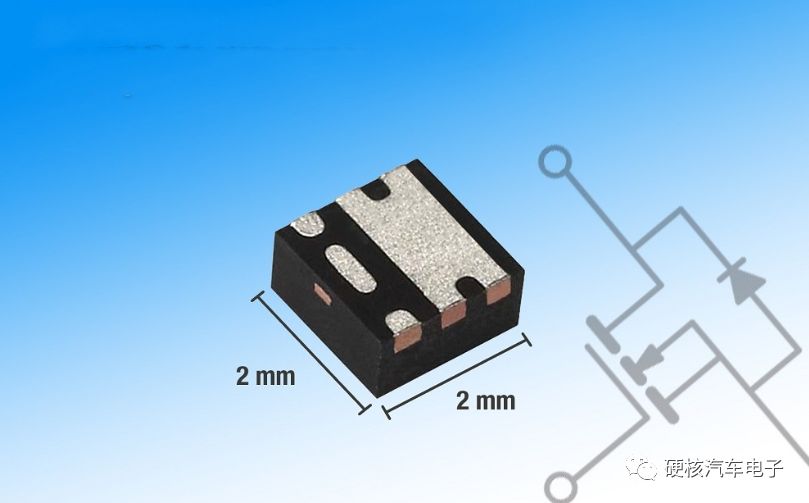
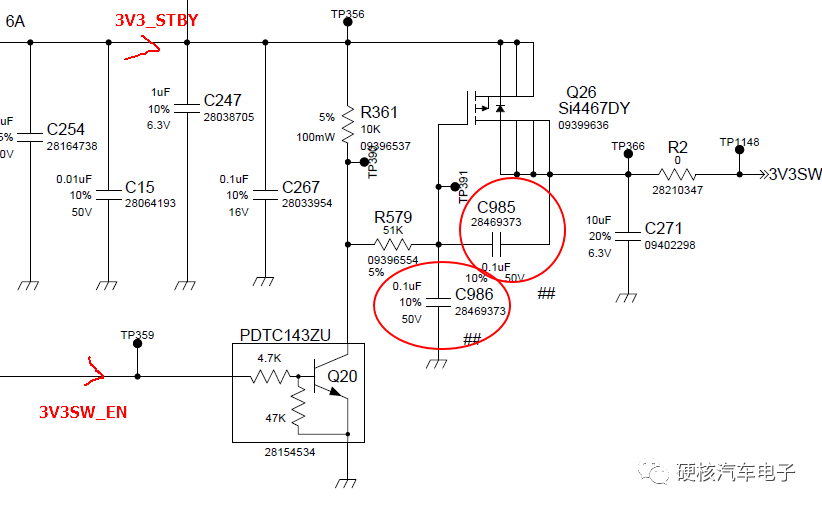
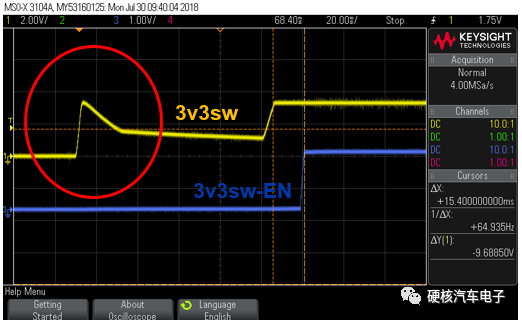



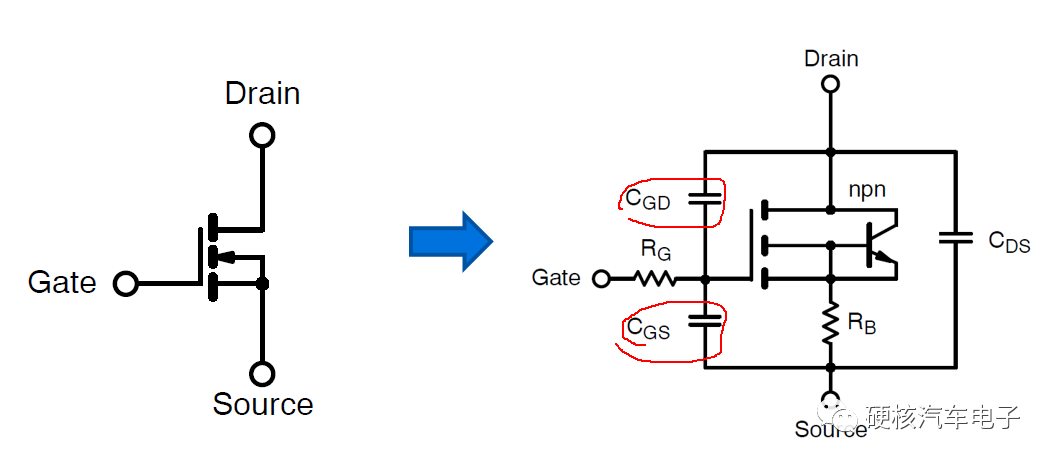
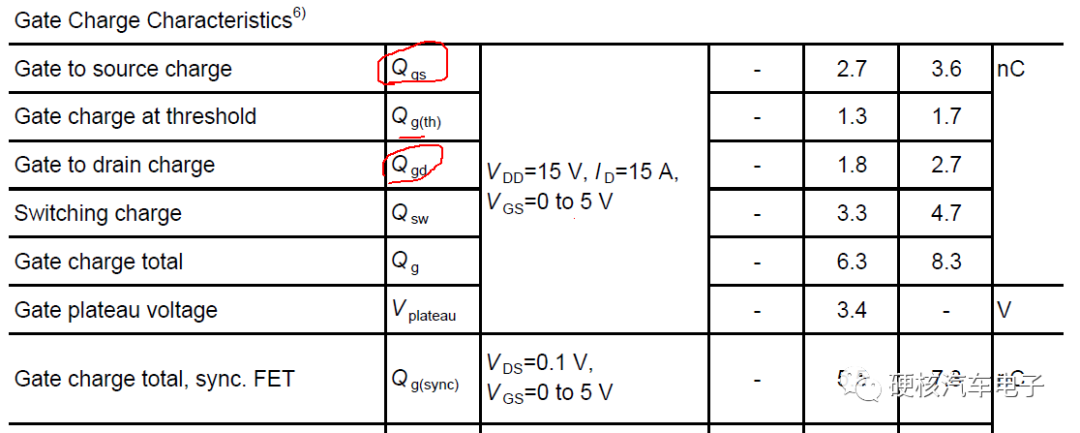
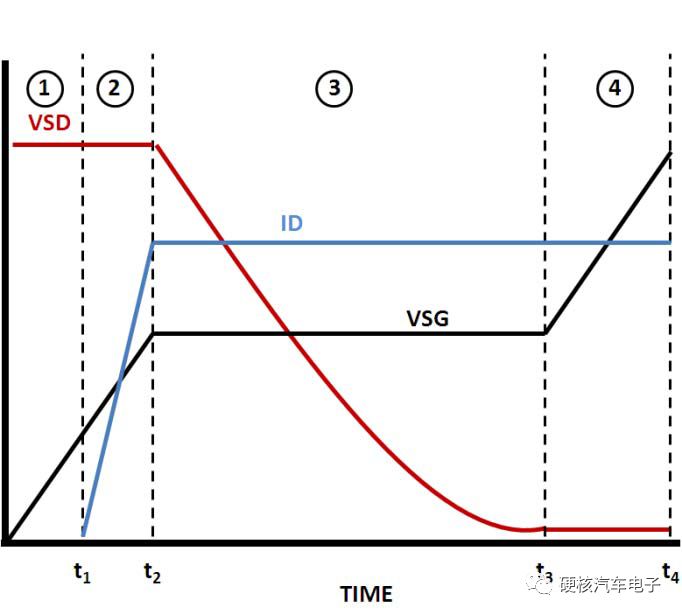

 提升卡
提升卡 变色卡
变色卡 千斤顶
千斤顶